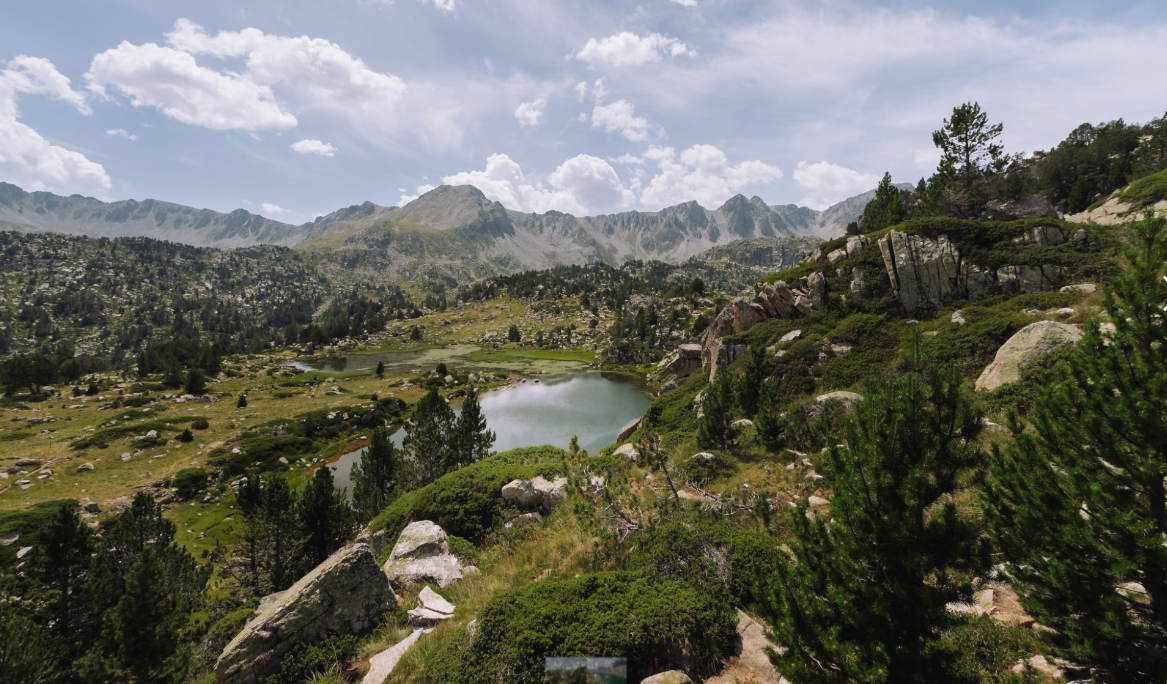A diverse group of stakeholders took part in a dynamic workshop to evaluate the best options to manage water in the Tordera River Basin in a more sustainable and adaptive way. The 17 participants included researchers, managers, farmers and other citizens who live and work in the Basin. The meeting took place in Santa Maria de Palautordera on 17 June 2015. Key options identified included adaptive forest management, the implementation of environmental flows and better citizen participation spaces.
Water management affects everybody: citizens, farmers, tourists, hotels, businessmen, ecologists or mayors. Therefore, in order to preserve the Mediterranean watersheds and adapt to global change, it is crucial that the public may identify and on agree the challenges and best solutions for all.
This is one of the objectives of the BeWater Project, and the reason behind this second meeting, organised by CREAF, in Santa Maria de Palautordera. 17 key actors of the Tordera Basin met researchers and BeWater’s international team, and together evaluated 33 Water Management Options (WMOs) that could help this basin face the impacts of global change. The workshop was facilitated by BeWater partners PROSPEX using methodology for identifying WMOs developed by EFI.
Partners from ECOLOGIC were also present to ensure a smooth transition to the next phase of the project which will use the WMOs to develop River Basin Adaptation Plans.
Participants decided that the implementation of solutions like soft depuration plants for wastewater treatment of scattered houses, protection of groundwater recharge areas or better management of the available information would be viable options for better water management in the Tordera Basin for the coming years. This workshop was based on the challenges affecting the basin already detected during the BeWater Workshop held six months ago in Hostalric, where about 20 citizens participated.
“The information that was gathered in December in Hostalric was cross analysed with scientific information, as well as expert knowledge obtained through different interviews. Thanks to this information and the support of the BeWater Project team, 33 water management options have been elaborated and presented to the basin’s society”, commented Anabel Sanchez, coordinator of the BeWater project in CREAF.
Some water management options proposed by the BeWater team were focused on the recovery of water and forest ecosystems of the basin or on the restoration of the river’s environmental flow regime and groundwater tables; other options focused on integrated water management, or the protection of water quality and avoidance of pollution. During the day, participants evaluated the proposed water management options in accordance with criteria they themselves chose.
Participants considered that options focused on the recovery of water quality or enhancing more efficient consumption patterns were most interesting.
Based on this exercise, participants could observe how the results reflected their priorities. Indeed, the potential worth of some water management options which has previously been considered interesting were shown to be less effective with respect to other proposals. One example was the implementation of water saving systems in urban buildings, which had seemed interesting for new constructions but was revealed to have many inconveniences when applied to existing infrastructure.
BeWater Project receives funding from the European Union’s Seventh Framework Programme for research, technological development and demonstration. The project, coordinated by CREAF, aims to develop River Basin Adaptation plans in the Mediterranean through citizen participation.







